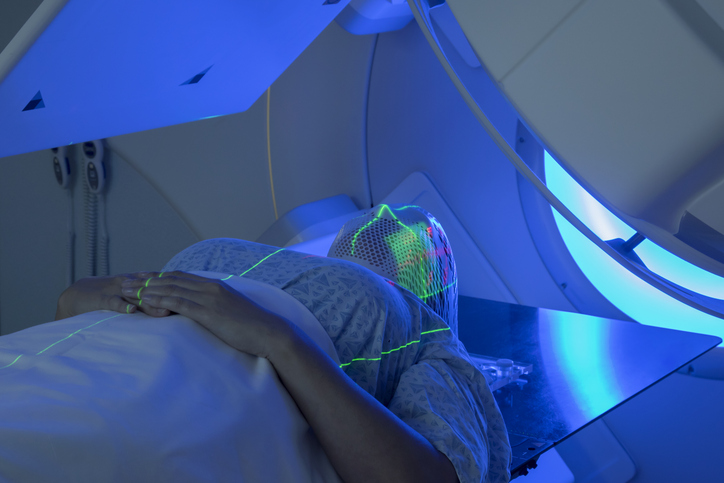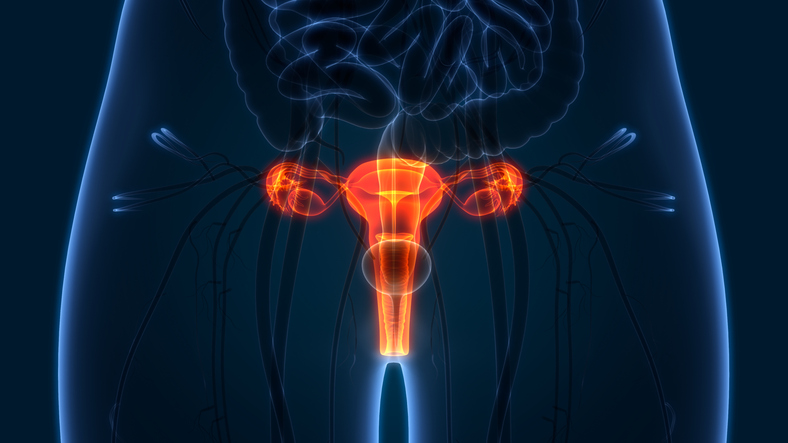
Here are the top stories covered by DocWire News this week in the Hematology & Oncology section. This week, an analysis determined the effect of the opioid epidemic on cancer survivors, age was determined to not be a reason to rule out surgery for older cancer patients, microcytosis was assessed as a predictor of cancer, and more.
Researchers recently evaluated how the opioid epidemic in the United States has impacted cancer survivors by analyzing opioid-associated deaths in this population over a 10-year period. The researchers summarized that while opioid-related deaths have increased among the cancer survivor population, it has not been at the same rate as that of the general population. “In summary, opioid-related deaths in the cancer population are much rarer than in the general population. Continued care should be taken when treating cancer-related pain,” they concluded.
Researchers recently examined the Preoperative Risk Estimation for Onco-Geriatric Patients (PREOP) to might predict how older adults fare following cancer surgery. PREOP scores can be useful for helping surgical oncologists and other physicians discern which patients might be high-risk following surgery. They found that age alone should not be a reason for older adults to rule out surgery to cure or treat cancer. “It is imperative to discuss treatment goals and expectations preoperatively to determine if they are feasible. Using the PREOP risk score can provide an objective measure on which to base decisions,” the research authors wrote in conclusion.
A study evaluated the role of microcytosis in predicting cancer. The researchers concluded that it may predict underlying cancer even in the presence of normal hemoglobin. A total of 12,289 patients with microcytosis were identified, of whom 497 (4.0%) had a new cancer diagnosis within one year; 73,150 patients without microcytosis were identified, of whom 1,465 (2.0%) had a new one-year cancer diagnosis. The difference was more pronounced when comparing males with microcytosis (6.2%) versus without (2.7%); females with and without microcytosis had one-year cancer rates of 2.7% and 1.4%, respectively. “In patients with microcytosis but normal haemoglobin, 86 out of 2637 males (3.3%, CI = 2.6 to 4.0) and 101 out of 5055 females (2.0%, CI = 1.6 to 2.4) were diagnosed with cancer,” the authors further observed.
A new study finds that many cancer patients with high co-pays experience financial toxicity (FT). In this systematic review, researchers used a meta‐aggregation approach. They collated papers published prior to 31 August 2019, from electronic databases, including PubMed/MEDLINE, MEDLINE (Ovid), EMBASE (Ovid), CINAHL (EBSCO), Web of Science, ProQuest Dissertations and Theses, and Cochrane Library (Wiley). In total, the analysis included 14 qualitative studies covering cancer patients’ awareness of FT, cancer‐related expenditures, and the risk factors, impacts, coping strategies, and unmet needs related to FT. The results found that cancer survivors experience FT, however, as the authors wrote “(patients) awareness of FT is limited.”
In case you missed it, more hem/onc headlines are featured below:
- Adolescent and Young Adult Cancer Patients Value Early Information on Late Effects, Infertility
- Jailed Cancer Doctor Who Prescribed Chemo to Non-Cancer Patients Seeks Freedom 31 Years Early—Again—Amid COVID-19 Pandemic
- Nivolumab May Be Helpful for Advanced Refractory Biliary Tract Cancer Patients
- All In The Family? History Does Not Identify Patients At High Risk of Cancer, CVD Caused by Pathogenic Variants







 © 2025 Mashup Media, LLC, a Formedics Property. All Rights Reserved.
© 2025 Mashup Media, LLC, a Formedics Property. All Rights Reserved.